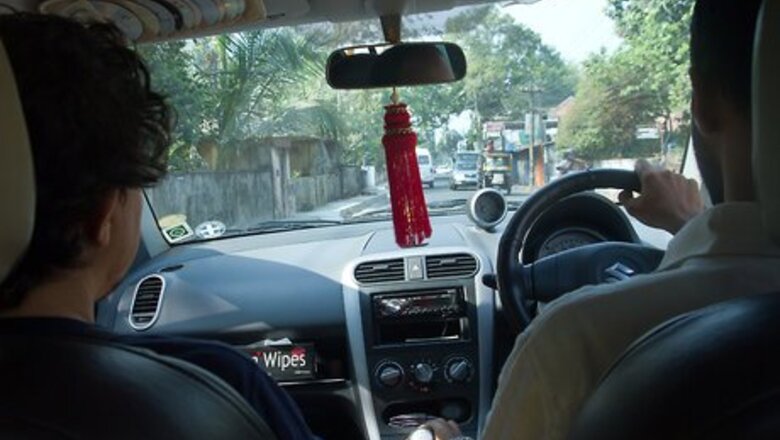
views

Understand that India has a right hand/left side drive. If you are from a country in which cars have a left-hand drive, this can be confusing for you, initially.
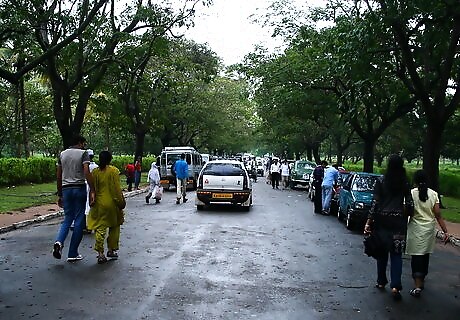
Be careful while driving in any city. India is no exception.

Stay alert at all times. In most Indian cities, though there are lanes, people don't use them and may cut in front of you without warning. Animals or children may come in your way. Whenever your foot is not on the accelerator, it should be resting on the brake.
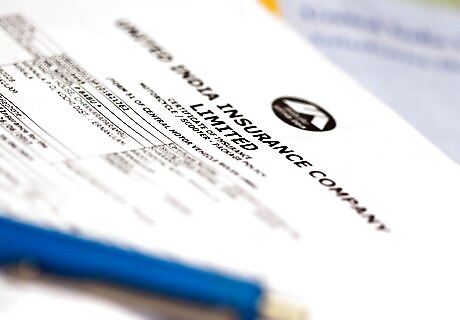
Acknowledge that insurance in India has various clauses in it such as depreciation charge on metal and plastic. So please read your insurance completely and understand it well. Remember that third party claims are rare in India and in most cases would need a copy of Police FIR. Avoid accidents at all costs.
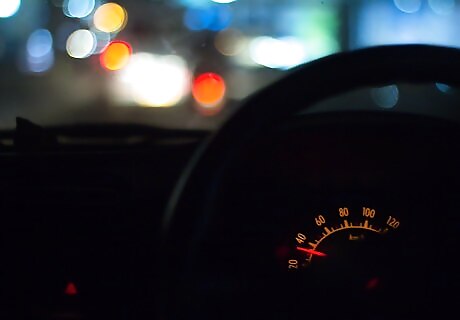
Be aware that it is not uncommon to find drunk drivers after 10 PM, so be extra careful at nights. Do not tailgate any driver at a speed higher than 30 kilometers (19 mi), if possible avoid it completely. People can turn without signaling or without switching on the indicator.
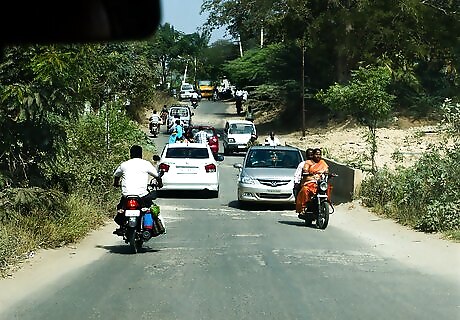
Remember that there are all sorts of vehicles on Indian roads such as bullock carts, cycles, rickshaws, three-wheelers, cars, SUVs, trucks, buses, etc. There are no separate lanes for slower moving vehicles so be prepared to drive slowly using brakes very often. There are hardly any automatic transmission vehicles in India so be prepared for a manual transmission. If you rent a stickshift but are used to an automatic then ensure that its clutch pedal is light else you will end up building a stronger calf muscle.
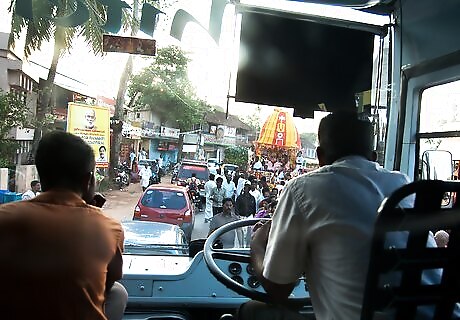
Learn that a marriage party, minister or religious processions are regular and can hold up traffic. Don't be shy in taking alternative routes in such situations, like driving on the side unpaved road (if it's there) or cutting the traffic like others.
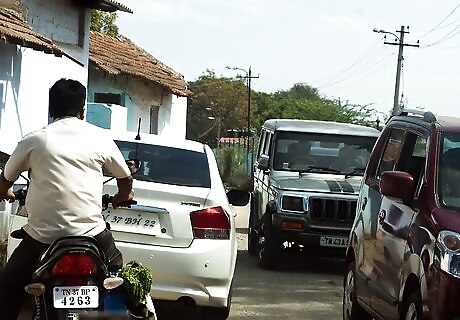
When driving to a small town or rural village, roads will be too narrow for two lanes. Therefore, traffic coming in the other direction will have to travel on the same path as you. When a car is coming towards you, move to the LEFT so that you are only taking up half the road. It's ok if the left side of your car isn't on the road anymore. The guy coming towards you will do the same thing on his left side. After you have passed each other, come back onto the road.
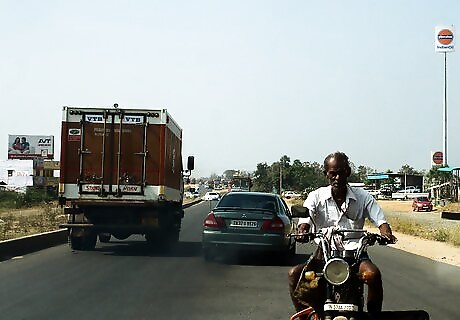
While driving on wide roads, for example OMR, ECR in Chennai, be alert. Many smaller vehicles come on the wrong side of the road.

In many places in India commercial vehicles, such as trucks and buses, will have signs that read "Sound Horn". This means that if you honk they will move over slightly so that you may pass. Honk only once and do it politely, if they do not move simply stay behind them. Although they may move to the side, make sure to check for oncoming traffic before you pass. When honking, make sure you are not in a quiet zone (generally around hospitals) as this is illegal and very disrupting to hospital patients.Drive in India Step 10Bullet1.jpg
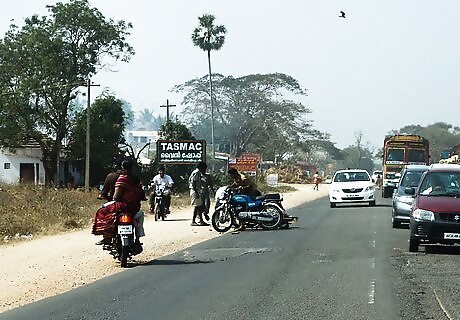
Remember that in case of an accident, if the situation gets out of hand then call the cops immediately. This will save you from getting a beating from the public. In case of an accident public involvement will surely happen and the guy with a smaller vehicle will get the sympathy. Avoid any such pandemonium and try to settle things quickly.















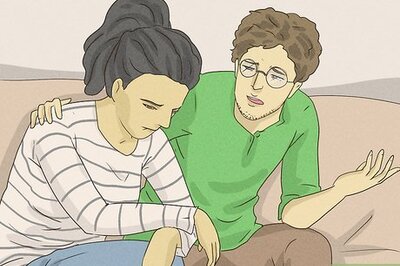




Comments
0 comment